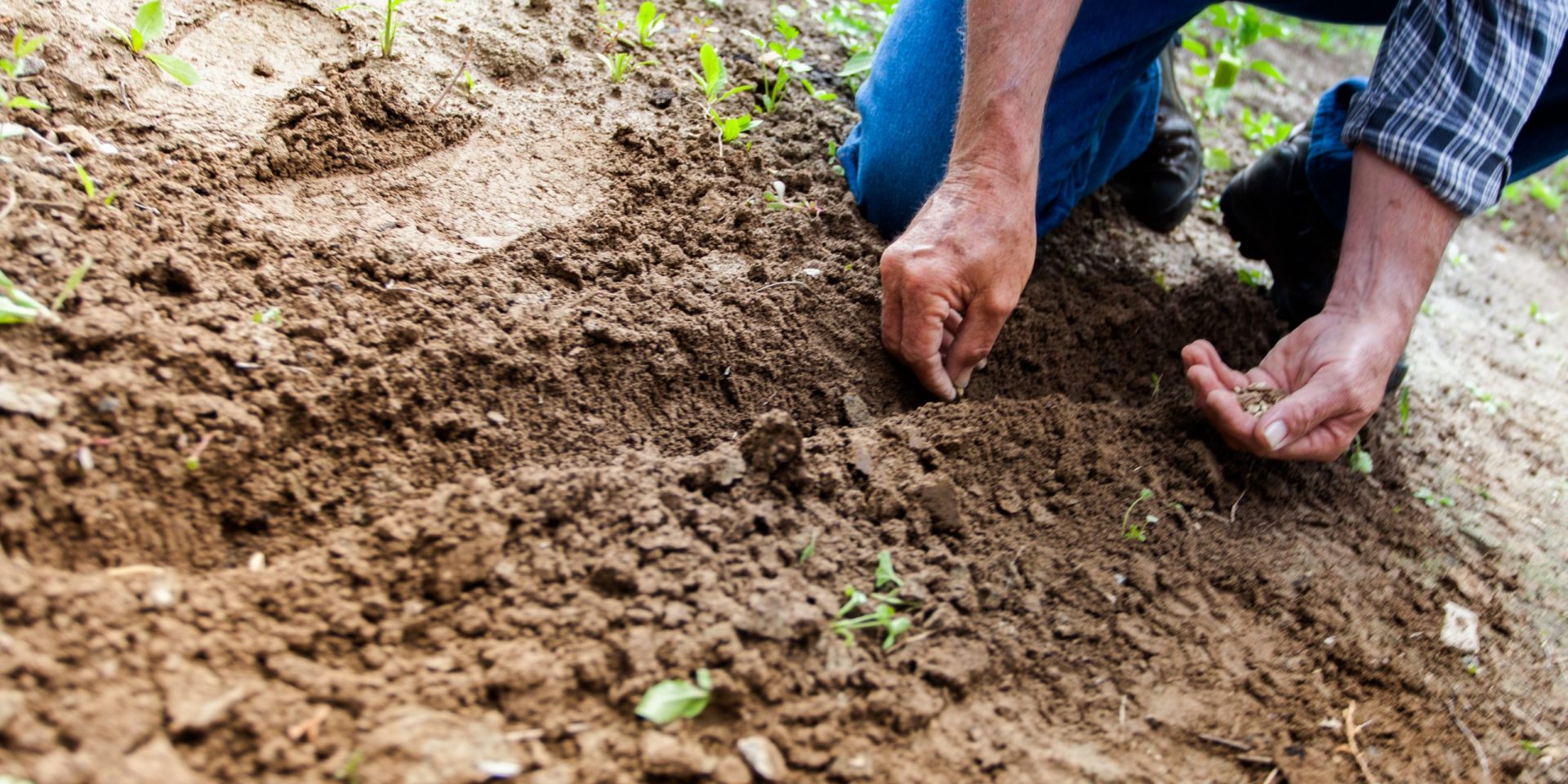How Can Technology Help to Reduce Fieldwork on Agriculture Farms
Agriculture has a significant background in hard and spirited fieldwork that spans over thousands of years. However, there are many associated risks and health concerns among conventional field workers that carry out general farming practices to feed the entire population of the world.
WHO and FAO reports show that 90% of farmers have muscular or skeletal disorders. These kinds of disorders and complications arise due to the diversified plot sizes and related practices that compel farmers to grow food for their local needs, livestock, and the general population. These practices usually involve earthing up, manual seeding, planting, hoeing, weeding, and spraying. As a consequence, farmers spend many hours carrying out these labour-intensive practices and fall prey to such disorders.
Nowadays, these agricultural practices are undergoing a revolution driven by innovative technologies; a new horizon is dawning involving farm productivity, potentiality, and profitability. Precision agriculture has become another ray of light in the new agriculture insurgency. It consistently improves farming overall with an increase in farm knowledge due to accessibility to more significant amounts of data for the benefits of farmworkers around the world.
Repetitive spraying, weeding, and hoeing are more challenging and tedious jobs. Innovations like drones and ag robots free up more time for farmers to complete more differentiated and stimulating employment. Moreover, these innovations lessen the time they usually spend on doing these practices, manually. The ‘ag robots’ or agricultural robots are progressively being installed across the world in the field to assist farmers with improving productivity. These precise and smart operations have more potential to increase profitability for small growers and can lessen the burden of intensive fieldwork. The effect can be a decisive step toward improving farmers’ mental and physical health.
During modern practices, farmers carry out fieldwork with technology’s help by deploying these digital innovations for different tasks. Tasks include planting crops, watering them (as and when needed), identifying and controlling diseases, identifying pests with target spraying, eradicating weeds, picking ready harvests, and forecasting yield using digital parameters. Assessing soil nutrients, monitoring soil pH, and providing precise nutrient doses to correct fertility are also among the added advantages of applying modern innovations in agriculture. These innovations are lessening the burden of fieldwork and helping farmers to achieve set targets of edibles across the globe.
Practically, ag robots are a captivating idea that provide a much more comprehensive tactic to farming as opposed to what human fieldwork can offer. Moreover, ag robots allow simultaneous actions across hundreds of acres and probably millions of plants. Automation allows the gathering of massive quantities of data that can connect processes across the farm, making the entire procedure smarter and more resourceful by consuming less water, pesticides, energy, and fertilizers.
Overall, the adoption of these innovations for sustainability is entirely dependent on the education and training of small and medium farmers. Learning includes sharing the relevant information with workers, managing and making technologies available, as well as allocating financial resources to meet the demands of organic produce within potential buyers.
A greater acceptance of digital technology by small and medium growers is crucial to not only improving a farm’s financial gains but also to encounter the food and feed needs of an intensifying human and livestock population. Precision and digital innovation help the entire farming community to lessen manual workloads, improve health conditions and increase farming efficiency.


